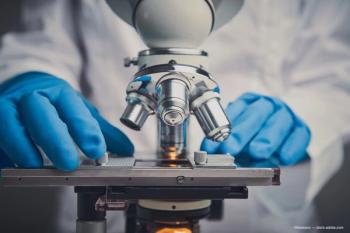
Coaxial 2.2-mm microphacoemulsification reduces surgically induced astigmatism
Lisbon, Portugal - Coaxial microphacoemulsification performed through a 2.2-mm incision results in significantly less induced astigmatism than conventional coaxial phacoemulsification through a 3-mm incision, said Samuel Masket, MD, clinical professor of ophthalmology, Jules Stein Eye Institute, University of California-Los Angeles, United States.
Lisbon, Portugal - Coaxial microphacoemulsification performed through a 2.2-mm incision results in significantly less induced astigmatism than conventional coaxial phacoemulsification through a 3-mm incision, said Samuel Masket, MD, clinical professor of ophthalmology, Jules Stein Eye Institute, University of California-Los Angeles, United States.
To study whether the new small incision coaxial technique has an advantage for being more astigmatically neutral, Dr. Masket performed a comparative clinical study. Patients included had no surgical complications or corneal pathology, and all surgeries were performed through a temporally oriented clear corneal tunnel incision. The coaxial microphacoemulsification technique was done using a 1.1 mm tip and the new ultra-infusion sleeve using the Infiniti system (Alcon Laboratories). No eyes had limbal relaxing incisions and astigmatism was measured preoperatively and after 6 weeks with autokeratometry by a masked technician.
Data from a series of 32 eyes showed surgically induced astigmatism was 0.11 D for the 2.2-mm incision group compared with 0.33 D for the 3-mm incision group (p = 0.001). The axis shift was also significantly less with the smaller incision compared with the 3-mm incision, 13.4 versus 21.1° (p = 0.03). Results were similar in a second group of 16 patients who had surgery through a 2.2-mm incision in one eye and a 3-mm incision contralaterally.
“These data show a statistically significant and possibly clinically significant advantage for the smaller incision. Further studies should be directed toward investigating whether the smaller incision also has benefits for better wound stability, leakage, and risk of postoperative infection,” Dr. Masket said. He has no financial interest in Alcon Laboratories.
Newsletter
Don’t miss out—get Ophthalmology Times updates on the latest clinical advancements and expert interviews, straight to your inbox.



















































.png)


